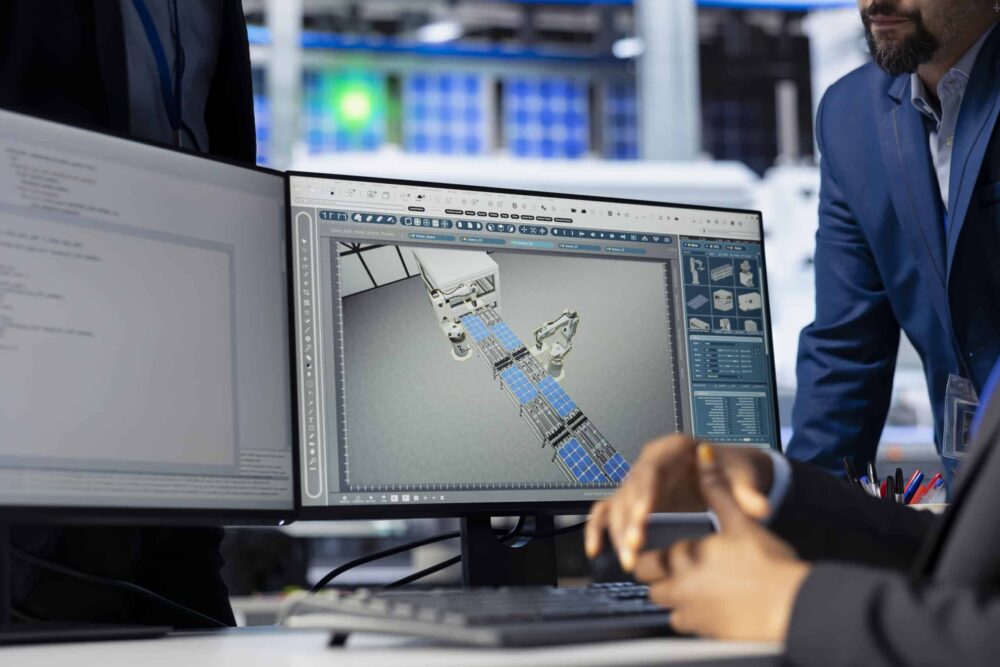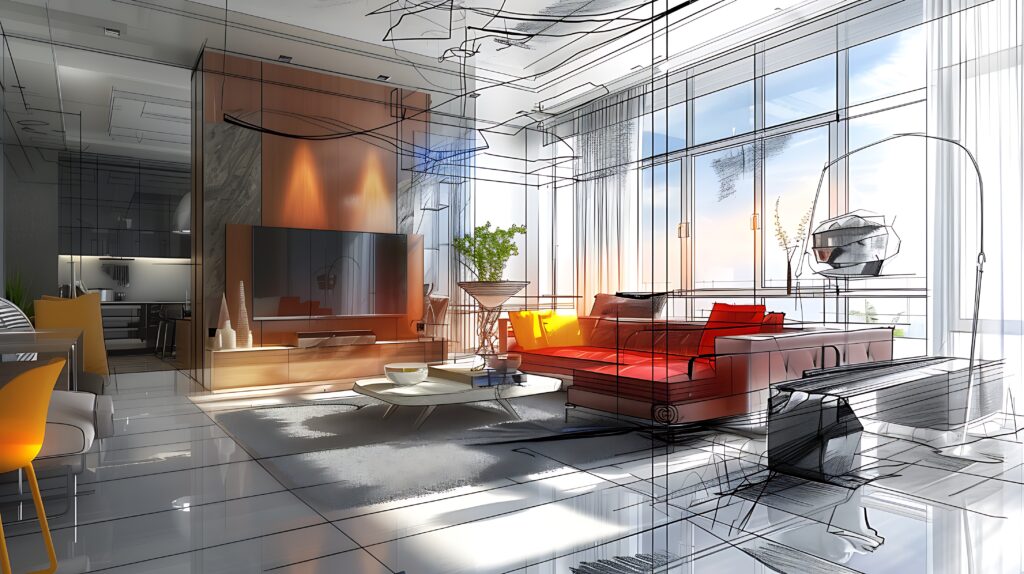When embarking on a construction project, ensuring that all parts of the design fit together seamlessly is crucial to avoid delays, errors, and costly mistakes. One of the most effective ways to do this is through clash detection, a process that identifies potential conflicts between different elements of a building project before construction begins. At Reltic BIM, we use clash detection as part of our BIM (Building Information Modelling) services to ensure that your project runs smoothly from start to finish.
In this blog, we’ll explore what clash detection is, how it works, and why it’s so important for your next project.
What is Clash Detection?
Clash detection is a process used in BIM that helps identify and resolve conflicts in the design phase of a construction project. These conflicts can occur when different building systems – such as structural, electrical, and plumbing – intersect or interfere with each other in ways that could cause problems during construction.
For example, imagine that the plumbing system for a kitchen is designed to run through a wall, but there’s a structural beam in the same spot. Without clash detection, this issue might not be discovered until construction begins, leading to delays and extra costs.
Using BIM software, such as Navisworks, clash detection helps spot these conflicts early on, allowing teams to make necessary adjustments to the design before any physical work is done. This helps avoid disruptions and ensures that all systems work together harmoniously.
How Does Clash Detection Work?
Clash detection works by analysing a digital model of the building, which includes all elements of the design – architectural, structural, and MEP (Mechanical, Electrical, and Plumbing) systems. The software compares all the components to see if any of them are overlapping or conflicting with each other.
There are two main types of clashes:
Hard Clash – This occurs when two physical elements, such as a beam and a duct, directly interfere with each other and cannot occupy the same space. These clashes are typically easier to spot and are resolved by altering the design or layout of the elements.
Soft Clash – These are more subtle and occur when two elements are not physically colliding but may interfere with each other in terms of their clearances, access, or maintenance. Soft clashes might involve things like having insufficient space for a maintenance door or an HVAC system that is too close to a structural column.
Once clash detection software identifies these clashes, the design team can make adjustments to the model before construction begins, ensuring that all elements fit together properly.
Why Clash Detection is Essential for Your Project
1.Prevents Costly Mistakes
One of the most significant benefits of clash detection is that it helps prevent costly mistakes during construction. By identifying potential issues early in the design phase, we can resolve conflicts before they cause delays or require expensive changes on site. This saves both time and money in the long run, as there are fewer disruptions to the project once construction is underway.
2.Saves Time
Without clash detection, teams may not realise there are problems until they are well into the construction process. This can result in costly delays as work needs to be halted, and new solutions are implemented. With clash detection, these issues are addressed during the planning stage, helping ensure that the project stays on schedule. At Reltic BIM, we use BIM technology to proactively solve problems, so the project moves forward without interruptions.
3.Improves Collaboration
Effective collaboration between architects, engineers, and contractors is essential for any construction project. Clash detection fosters better communication between all parties by providing a shared digital model where everyone can view and resolve issues. This collaborative approach ensures that every aspect of the project is considered and integrated, leading to a more cohesive and successful outcome.
4.Enhances Quality Control
By identifying potential conflicts early, clash detection helps improve the overall quality of the build. The design team can make the necessary adjustments to avoid mistakes, ensuring that the final product meets the required standards and specifications. This is especially important for high-end residential projects, where precision and attention to detail are key.
5.Reduces Risk of Rework
Rework is often one of the most expensive and time-consuming aspects of a construction project. Clash detection helps reduce the need for rework by ensuring that design conflicts are addressed upfront. When teams work with a shared digital model that has already been checked for clashes, the risk of costly mistakes and modifications during construction is significantly reduced.
6.Increases Project Efficiency
By resolving conflicts during the design phase, clash detection increases the overall efficiency of the project. Teams can move forward with the build knowing that the design has been thoroughly checked for issues, leading to fewer delays and smoother progress. This is particularly important in fast-paced high-end residential projects, where time is often a critical factor.
The Benefits of BIM Modelling for Homeowners
For homeowners, BIM Modelling offers several key benefits that lead to a more accurate and efficient project:
Fewer Changes During Construction: With better planning and visualisation, there are fewer last-minute design changes during the build, saving both time and money.
Enhanced Quality Control: BIM Modelling helps ensure the highest standards of quality throughout the construction process.
More Informed Decisions: Homeowners can make decisions based on a clear understanding of the project, knowing exactly how every aspect will look and function.
Faster Project Delivery: The improved accuracy of BIM Modelling reduces the likelihood of delays, enabling faster project completion.
The Benefits of Clash Detection for Homeowners
For homeowners planning a renovation or new build, clash detection offers several key advantages:
Fewer Surprises: You won’t be surprised by unexpected issues during construction, as any design conflicts are identified early in the process.
Better Project Control: With clash detection, you have greater control over the project’s timeline and budget, ensuring that everything stays on track.
More Efficient Project Delivery: With fewer delays and conflicts, your project will be completed faster and with greater accuracy.
Peace of Mind: Knowing that the design has been thoroughly checked for potential conflicts gives you peace of mind, knowing that your home will be built to the highest standard.
Why Choose Reltic BIM for Your Project?
At Reltic BIM, we use clash detection as a core part of our BIM services to ensure that your high-end residential project is delivered without complications. Our expert team uses advanced BIM software to detect potential clashes and resolve them before construction begins, saving you time and money.
We offer:
- Early detection of design conflicts
- Seamless coordination between all project teams
- Reduced risk of errors and rework
- Faster, more efficient project delivery
- Higher quality control and greater precision
When you work with Reltic BIM, you can be confident that your project is in safe hands, with a team dedicated to delivering the best possible results.
Contact Us for Your Residential Project
Ready to benefit from the advantages of clash detection and BIM technology for your next residential project? Reltic BIM is here to help ensure your project runs smoothly and efficiently. Get in touch with us today to discuss how clash detection can enhance your build.
📞 Contact Us Now:
Email: office@relticbim.co.uk
Phone: 020 3576 2851
Contact Form
🌟 Explore Our Work:
See our completed projects and discover how Reltic BIM can turn your vision into reality. Visit our projects page.







